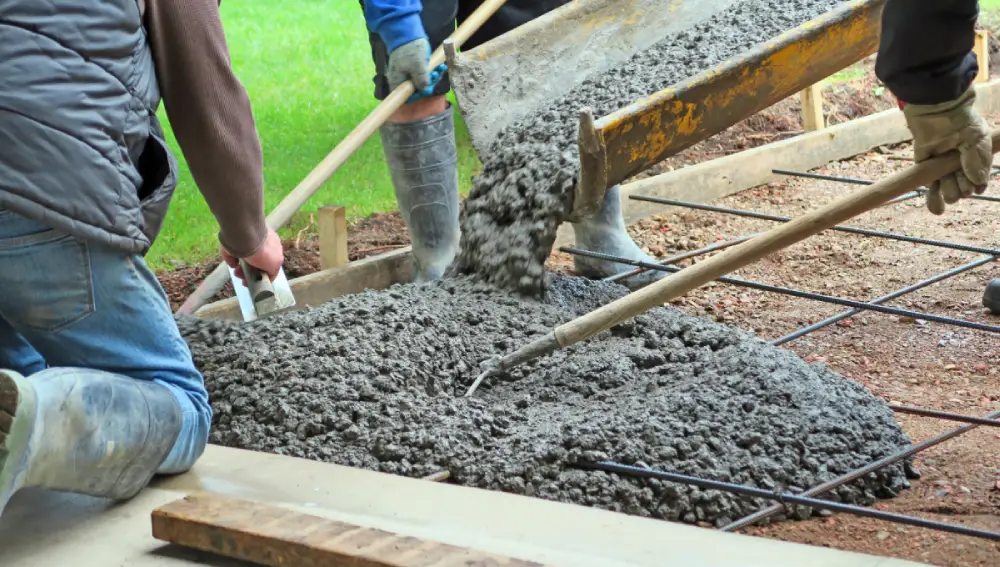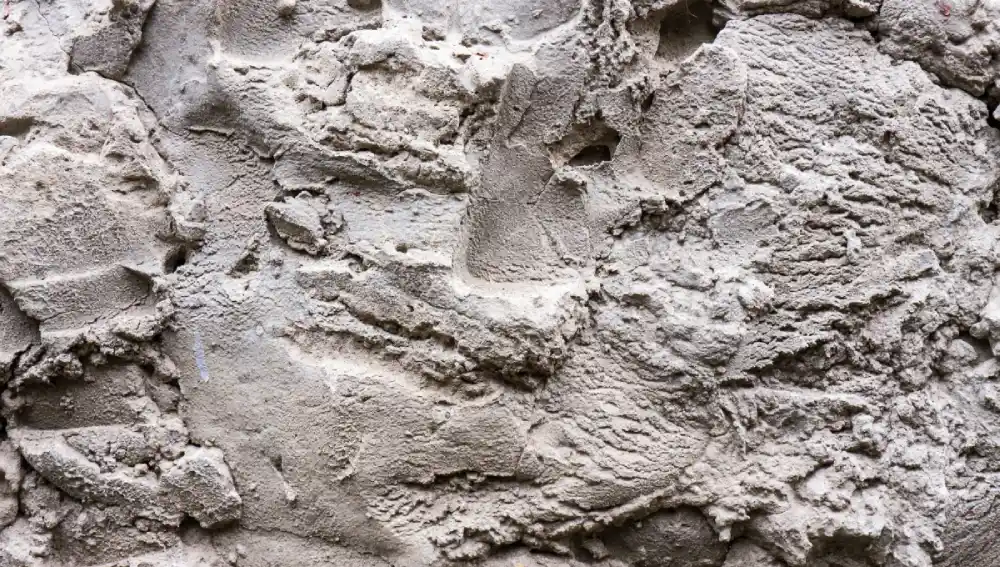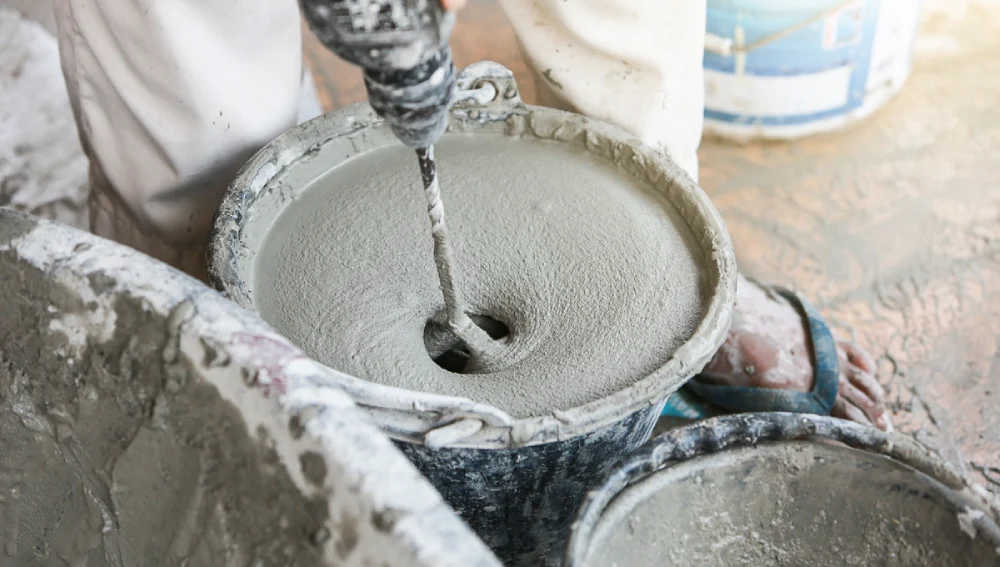Expansive cement stands out among hydraulic cements due to its ability to expand a bit as it sets and hydrates. This expansion proves useful in many construction projects, as it helps cut down on shrinkage and cracking, resulting in structures that last longer and perform better. This piece takes a deep dive into expansive cement, covering its varieties, characteristics, uses, and perks, giving readers a full picture of how it fits into today’s building world.
What is Expansive Cement?
Expansive cement is made to expand after it sets, unlike regular Portland cement, which tends to shrink as it hardens. The growth is kept in check and happens in the hydration process. The cement gets this quality by mixing in certain compounds that react with water to create expansive ettringite crystals.
Types of Expansive Cement

Expansive cement comes in three main varieties, each boasting unique characteristics and uses:
- Type K Expansive Cement: This type has Klein’s compound as its expanding part. Klein’s compound consists of calcium sulfoaluminate, dicalcium silicate, and gypsum. People often use Type K to build structures that need to shrink less and last longer, like bridges and factory floors.
- Type M Expansive Cement: Type M uses calcium aluminate cement and calcium sulfate to expand. It’s used for grouting, and fixing things because it expands and hardens fast.
- Type S Expansive Cement: Manufacturers create this type by adding calcium sulfate to Portland cement. This causes it to expand when it hydrates. Construction teams often use Type S to repair and restore concrete. It helps new concrete stick to old surfaces.
Properties of Expansive Cement
Expansive cement has several special features that set it apart from regular Portland cement:
- Expansion: Expansive cement’s main feature is its ability to expand during its initial setting phase. This growth helps to reduce the natural shrinking of cement, lowering the chance of cracks forming.
- Strength: Expansive cement has the same or even more crushing strength than regular Portland cement. This makes it good to use in building structures.
- Durability: With reduced shrinking and cracking, buildings made with expansive cement last longer. They’re not as easy for water to get into and for environmental damage.
- Shrinkage Compensation: People design expansive cement to make up for shrinkage when it dries. This makes it perfect to use when you need something to keep its size and shape.
Applications of Expansive Cement

Builders use expansive cement for many types of construction projects. Its special features make it helpful in different ways:
- Structural Concrete: Expansive cement influences structural concrete projects. You’ll find it on bridges, dams, and highways. It helps cut down on shrinkage cracks and makes structures last longer.
- Grouting: Expansive cement is perfect to use for grouting. It’s great to anchor bolts and fill in voids. It creates a snug fit and forms a strong bond.
- Repair and Rehabilitation: People often choose expansive cement to fix up and restore structures. It sticks well to existing concrete and gives a lasting, crack-free surface.
- Industrial Floors: Factories use expansive cement to build floors with fewer joints and less cracking. This makes the floors stronger and cheaper to maintain.
- Pre-stressed Concrete: Expansive cement’s controlled growth makes it a good fit for pre-stressed concrete. It helps keep the reinforcement tight and makes the structure more solid.
Benefits of Expansive Cement
Expansive cement has an edge over regular Portland cement in several ways:
- Crack Reduction: Expansive cement fights shrinkage, which means less cracking. This leads to structures that last longer and look better.
- Improved Bonding: Expansive cement sticks well to existing concrete surfaces. This makes it a great choice to fix up and restore buildings.
- Enhanced Durability: Buildings made with expansive cement tend to last longer. This is because they crack less and bond better.
- Increased Flexibility: Builders and engineers can use expansive cement for different projects. It works well for structural concrete, grouting, and repairs.
Limitations of Expansive Cement
While expansive cement offers many advantages, it also has some drawbacks:
- Cost: Expansive cement typically costs more than regular Portland cement, which can make a project more expensive overall.
- Complexity: Using expansive cement might require special knowledge and skills, as you have to control the expansion to avoid problems.
- Availability: You might not find expansive cement in all areas, which limits its use in certain places.
How Expansive Cement Works
The growth of ettringite crystals during hydration causes expansive cement to expand. These crystals develop and exert expansive forces within the concrete matrix, offsetting the natural shrinkage that happens as the cement dries. To achieve controlled expansion, experts balance the proportions of calcium sulfoaluminate, calcium sulfate, and other compounds in the cement.
Mixing and Placing Expansive Cement
Mixing and placing expansive cement needs close attention to detail to ensure it performs well:
- Mixing: You should mix the cement with water as the manufacturer tells you to, making sure it’s all blended well. The ratio of water to cement plays a big role in controlling how much it expands, so you need to watch this.
- Placing: You need to put expansive cement in place and pack it down to stop it from prematurely setting and to make sure it expands all through the concrete.
- Curing: To get the desired expansion and strength, proper curing is essential. You should keep the concrete damp for a set time to stop it from shrinking as it dries and cracks.
Comparison with Ordinary Portland Cement
Expansive cement is different from ordinary Portland cement in several main ways:
- Shrinkage Compensation: Ordinary Portland cement shrinks as it cures, but expansive cement expands. This growth helps reduce cracks and boost strength.
- Bonding: Expansive cement sticks better to old concrete surfaces. This makes it a good choice to fix and restore projects.
- Applications: You can use Portland cement for many things. But expansive cement shines where you need to offset shrinkage and increase strength.
Environmental Considerations
The production of expansive cement, like that of other cement varieties, affects the environment. It releases carbon and uses up resources. But structures built with it last longer and need less upkeep. This might balance out some of these effects in the long run.
Future Trends in Expansive Cement
Construction companies will want more expansive cement as they focus on building things that last and don’t harm the environment. Scientists keep working to make expansive cement perform better and be kinder to nature. This means builders and engineers might choose it more often.
Conclusion
Expansive cement is a useful and valuable material in today’s construction, offering unique benefits like less cracking better bonding, and longer-lasting structures. Though it costs more and needs special knowledge to use, its advantages make it a great choice for many uses, from concrete construction to fixing and upgrading projects. As the building industry keeps changing, expansive cement will become more important in creating durable structures that will last into the future.

